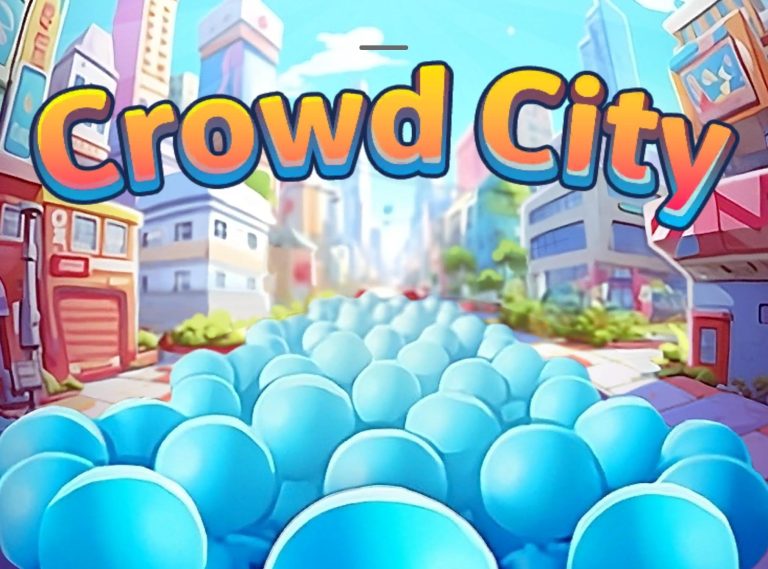Beyond the basic integration of IAPs into game design, there are advanced techniques that can further enhance their effectiveness.
Navigating the intricate landscape of in-app purchase (IAP) monetization in mobile and free-to-play games is a critical endeavor for small game studios. With the increasing prevalence of free-to-play models, understanding and effectively implementing IAP strategies can mean the difference between a game’s success and financial obscurity.
This brief guide aims to delve deeper into the complexities of IAP monetization, offering data-driven insights, practical strategies, and recent industry trends to help small studios navigate this challenging domain amidst a global recession.
The Evolving World of IAP Monetization

In the current gaming market, IAPs have become a primary revenue source for many developers. The 2023 report by Sensor Tower highlighted that a significant portion of mobile gaming revenue was generated through IAPs, and global spending on mobile games are predicted to reach $380B in 2025. For small studios, this trend presents both opportunities and challenges in monetizing their creative endeavors effectively.
IAP Monetization Challenges
The three main areas we’ll of focus on in this mini-guide to freemium monetization for small studios are: Maintaining Player Trust, Market Saturation, Technical Implementation.
Ensuring Player Trust and Satisfaction
- Transparent Practices: Be upfront about the costs and benefits of IAPs. Avoid hidden charges or deceptive practices that could erode player trust. An example of this would be putting the odds of specific rarities for loot boxes or gacha mechanics.
- Fair Value Proposition: Ensure that the value players receive from IAPs is commensurate with their spending. This could include exclusive content, gameplay enhancements, or cosmetic upgrades.
- Consistent Communication: Maintain open channels of communication with your player base. Addressing concerns and being responsive to feedback can build a loyal community.
Standing Out in a Crowded Market
- Unique Selling Proposition: Differentiate your IAP offerings. This could be through unique game mechanics, exclusive content, or innovative monetization models. Players prefer packages that are unique to the game, and not cookie-cutter from other similar games.
- Marketing Strategies: Employ targeted marketing strategies to highlight the unique aspects of your game and its IAPs. Short form video content for mobile games has been known to go viral on TikTok, creating a boost of engagement if executed well.
- Community Building: Foster a strong community around your game. Engaged players are more likely to invest in IAPs. Examples include, a developer-run Discord Channel or Reddit subreddit, as well as providing public-facing APIs for game stats so that players with development skills can create fan sites on top of it.
Mastering Technical Integration
- Contextualized Offerings: Align IAPs with the game’s narrative or environment, making them feel like a part of the game’s world rather than external add-ons. Additionally, personalized offers based on player behavior, such as new or returning users, can help drive conversion.
- Progression-Linked Purchases: Offer IAPs that are relevant to the player’s current stage or level in the game, ensuring they feel relevant and timely.
- Unobtrusive Placement: Position IAP opportunities in a way that they are visible but not interruptive to the core gameplay experience.
Advanced Integration Techniques for Monetization

Leveraging Player Psychology
- Reward Schedules: Implement reward schedules that encourage continued play and investment. This includes understanding player motivation and designing rewards that cater to these motivations.
- Limited-Time Offers: Create a sense of urgency with time-limited offers or events. This can stimulate impulse purchases and increase revenue in the short term.
- Customization and Personalization: Offer customization options in IAPs. Players are often willing to pay for the ability to personalize their gameplay experience. One studio, “Hot Siberians,” increased their ARPPU (Average Revenue Per Paying User) by 50% by instrumenting a data-driven personalization scheme for their IAP packages.
Incorporating Advanced Industry Trends
- Dynamic Pricing: Employ dynamic pricing strategies based on player behavior and market trends. This can maximize revenue while catering to different player segments.
- Cross-Promotion: Utilize cross-promotion techniques with other games or brands. This can increase visibility and attract new players to your game.
- Data Analytics: Leverage advanced data analytics to understand player behavior and preferences. This information can be used to tailor IAP offerings and marketing strategies effectively.
A/B Testing and Iterative Refinement
A/B testing is a powerful technique to fine-tune your IAP strategy. By creating two or more variations of your IAP offerings and analyzing which one performs better, you can optimize your monetization approach over time. Here’s how to do it:
- Hypothesis Generation: Start by formulating hypotheses about which elements of your IAPs could be improved. For example, you might hypothesize that lowering the price of a certain IAP will increase its sales.
- Test Implementation: Create multiple versions of your game with different IAP configurations based on your hypotheses. Ensure that the variations are randomly presented to players.
- Data Collection: Gather data on how each variation performs. Track metrics such as conversion rates, average transaction value, and overall revenue.
- Analysis and Adjustment: Analyze the results to identify which variations yield the best results. Implement the winning configurations and generate new hypotheses for further testing. This iterative process leads to continuous improvement.
IAP-Driven Live Events
Live events are a dynamic way to engage players and boost IAP sales. These time-limited, themed events can create a sense of excitement and urgency, driving players to make purchases. Here’s how to leverage IAP-driven live events effectively:
- Event Planning: Design engaging live events with exclusive rewards, challenges, and activities that encourage player participation. Ensure that some rewards are accessible through IAPs.
- Countdown and Teasers: Build anticipation by counting down to the event’s start and teasing the exclusive rewards. Use in-game notifications and social media to create buzz.
- Limited-Time Offers: During the event, introduce limited-time IAP offers that provide additional advantages or exclusive event items. These offers should be enticing but balanced to maintain fairness.
- Leaderboards and Competitions: Incorporate leaderboards and competitive elements within the event. Players who excel can be rewarded with exclusive IAP items or currency.
- Post-Event Rewards: After the event concludes, offer rewards to participants, including those who made IAPs. This reinforces the value of IAPs and keeps players engaged.
The Art of Monetization Mastery
Mastering IAP monetization is a dynamic process that requires a combination of data analysis, creative thinking, and player-centered design. By incorporating these advanced integration techniques, studios can not only optimize their revenue streams but also enhance player engagement and satisfaction. Remember, successful IAPs are those that provide genuine value to players, seamlessly integrate into the gaming experience, and evolve with the ever-changing landscape of mobile gaming. It’s an art that, when mastered, can transform small game studios into industry leaders.
For small game studios, mastering the art of IAP monetization is a journey of constant learning and adaptation. It requires a blend of creativity, strategic thinking, and technical prowess. By staying informed about industry trends, understanding player behavior, and maintaining a player-centric approach, studios can not only enhance their revenue streams but also enrich the overall gaming experience for their audience. Remember, successful monetization is not just about revenue; it’s about creating a harmonious balance between business objectives and player satisfaction.

Introduction to Hybridcasual Gaming As the costs of acquiring mobile players have increased, one of the genres hit hardest was Hypercasual, which relied on high volume and high churn to…

Beyond the basic integration of IAPs into game design, there are advanced techniques that can further enhance their effectiveness.

